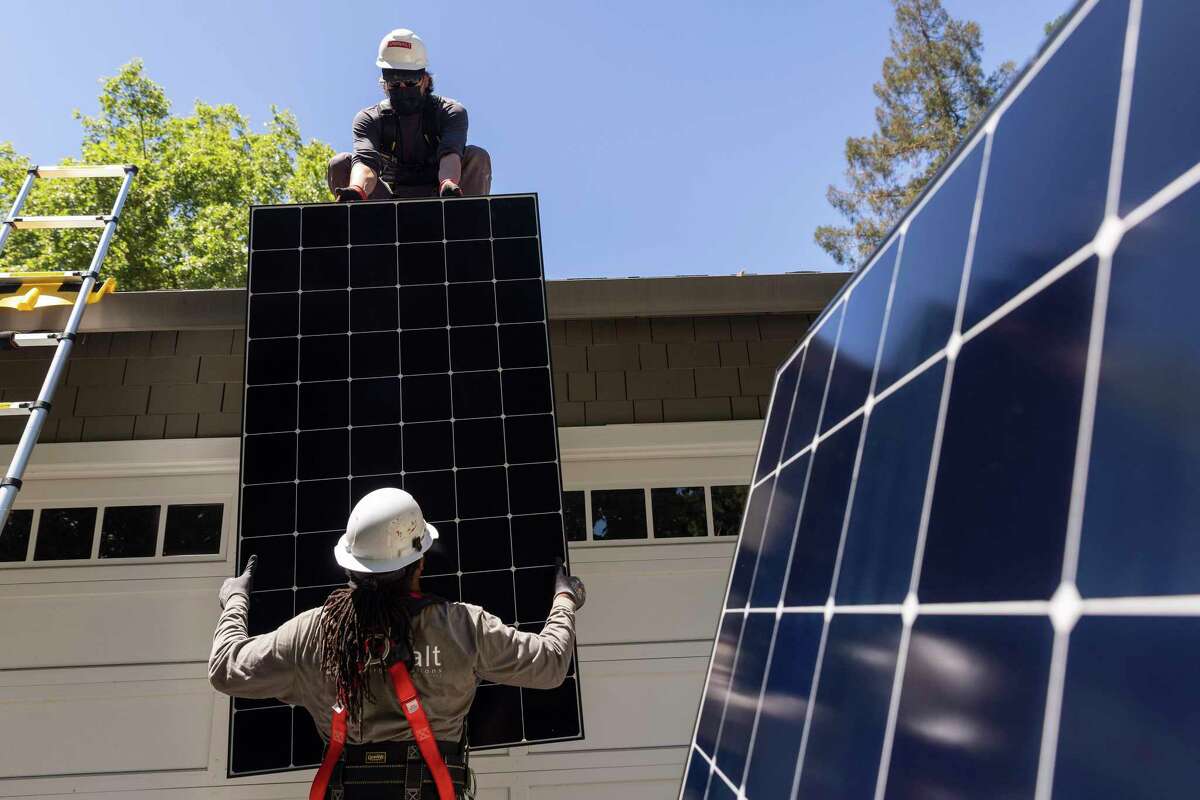What Happens to Your Solar Panels During the Eclipse?
time:2023-10-13 09:00:03 Views:0 author:Jinan Freakin Power Ltd.
Saturday’s eclipse could take a brief but impactful bite out of one of California’s most potent and promising sources of renewable energy: solar. The moon will begin crossing between sun and earth around 8 a.m., possibly diminishing solar power generation from millions of rooftop panels and big solar farms by as much as 75%. “It’s going to hammer solar and create a lot of interesting graphs,” said Michael Wara, director of Stanford University’s climate and energy policy program.

Home solar production will decline as the eclipse advances, acting like a mini sunset when rooftop panels stop generating power. But in this case, solar power will quickly pick up again and return fully by the time the eclipse ends at 11 a.m. Wara said Californians with solar won’t notice a thing, unless they read their energy production reports in their utility bills.
Behind the scenes, the state’s grid operator is preparing to ramp up other types of energy production — such as hydroelectric and natural gas-fired power plants — to compensate for the solar drop. The demand for energy may also rise as the sun dims and people turn on lights.
It’s similar to what happens every day when the sun sets, said Amber Motley, director of short-term forecasting with the California Independent System Operator, which manages the power grid in California. The eclipse scenario provides an additional challenge: a swift return of solar power generation. Since grid operators must maintain a careful balance between supply and demand, sharp changes such as the eclipse will keep grid operators on the alert.
Saturday’s lunar event is an annular eclipse, meaning that the moon won’t fully block the sun because it’s at a further point in its orbit and appears smaller than the sun. A glowing ring will appear around the moon in areas directly underneath the eclipse’s path which crosses the United States on a trajectory from Texas to Oregon.
California lies to the side of the central path of the eclipse, so the sun will look more like a crescent moon throughout most of the state. In the Bay Area, the moon will cover about 76% of the sun, dimming daylight even if forecasts are correct and clouds will obscure views of the sky.
Once the moon moves on, California grid operators face another challenge when solar production will grow about 10 times faster, and near the noontime weekend power-demand peak, than on a normal day. If Saturday is cloudy in the Bay Area, as forecast, the impact will be more subtle, Motley said. Looking into the future, a total eclipse during a summertime heat wave when energy demand is very high could pose a greater challenge. But even so, eclipses are predictable, making planning easier than circumstances during a fast-moving storm.
“We don’t expect grid reliability issues” on Saturday, Motley said. A total eclipse in 2017 had less of an impact because there was less solar power in California. In the five years since, solar power production has grown significantly — with rooftop panels and big solar farms able to produce 65% and 150% more energy, respectively. Solar comprised about 17% of electric power generation in California last year, according to the California Energy Commission.
Solar installer Barry Cinnamon, chief executive officer of Cinnamon Energy Systems, said the eclipse provides another case for adding battery storage to homes with solar panels, allowing homes to save up energy for blackouts and provide energy back to the grid. “It’s a really interesting phenomenon that illustrates how much we will be dependent on solar in the future,” Cinnamon said.




